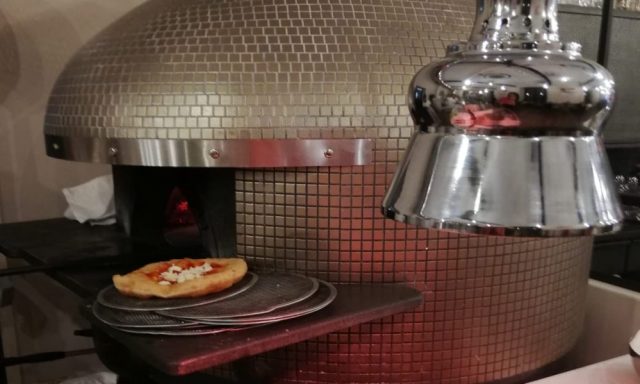Wine from Ustica? Hibiscus
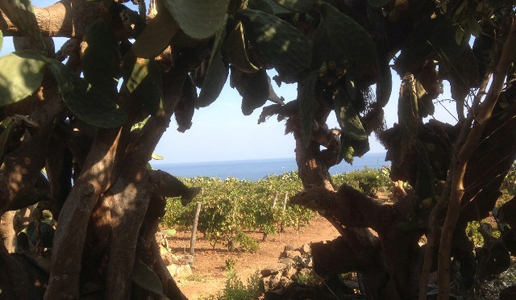
The island of Ustica does not bring wine production to mind but the Hibiscus estate makes and bottles some 13,000 bottles a year of a wine that undoubtedly has personality.
The Hibiscus estate is on Ustica and wine production is certainly not what come to mind when thinking of this small island north of Palermo. More often than not one thinks of the mysterious 1980 plane crash or the role the island has played as a border area between kingdoms or it being the home of the goddess-sorceress Circe who turned Odysseus’ crew into pigs. Anything except wine.
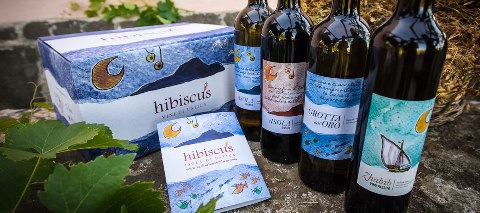 Like most islands of volcanic origin, Ustica has a rugged beauty. It is only partially covered with trees and Mediterranean brush and its economy has always been centered on agriculture. In his book “Ustica”, published in Prague in 1898, Archduke Ludwig Salvador of Austria stated that winegrowing was the island’s primary agricultural activity with 230 hectares planted with wine grapes compared to 350 for all other cultivated products like wheat, melons, figs and lentils.
Like most islands of volcanic origin, Ustica has a rugged beauty. It is only partially covered with trees and Mediterranean brush and its economy has always been centered on agriculture. In his book “Ustica”, published in Prague in 1898, Archduke Ludwig Salvador of Austria stated that winegrowing was the island’s primary agricultural activity with 230 hectares planted with wine grapes compared to 350 for all other cultivated products like wheat, melons, figs and lentils.
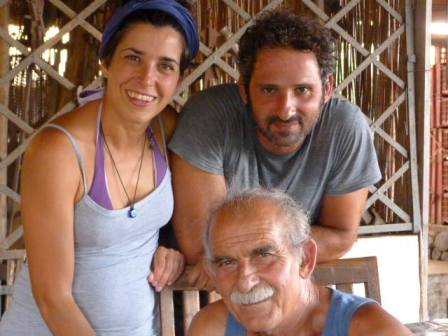 The soil on Ustica is of volcanic origin and is a mixture of clay and sand of a medium density. The many stone walls found on the island were not just to denote property lines but are a testament to how difficult it was to make the land suitable for cultivation. The walls are both scenic and functional, as are the long rows of prickly pear cactus plants that serve as wind-breakers. This because sitting at 20-30m above sea level and a stone’s through from the coast, the vineyards are constantly subject to strong sea breezes that deposit a thin veil of sea salt on the grapes.
The soil on Ustica is of volcanic origin and is a mixture of clay and sand of a medium density. The many stone walls found on the island were not just to denote property lines but are a testament to how difficult it was to make the land suitable for cultivation. The walls are both scenic and functional, as are the long rows of prickly pear cactus plants that serve as wind-breakers. This because sitting at 20-30m above sea level and a stone’s through from the coast, the vineyards are constantly subject to strong sea breezes that deposit a thin veil of sea salt on the grapes.
Tasting the wines, in fact, one senses an intriguing back-and-forth between sweet and salty sensations that is difficult to resist.
In the past, the vines were alberello-trained which protected the vines but made harvesting the grapes even more difficult. “The land is low” they would say, as if this was the only way to do things.
But then in the 1970s, Nicola Longo, after taking a degree in agriculture in Turin where he was a “worker-student”, began to train and prune the vines using the cordon-spur and Guyot methods. In the 1990s, fermentation under controlled temperature was introduced and the winery was gradually modernized .
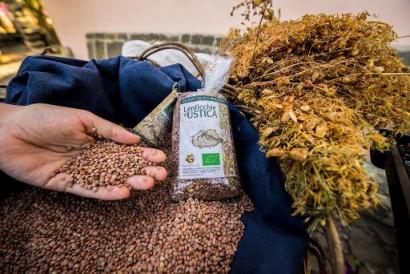 In 2010, management of the estate passed to Nicola’s daughter Margherita and her partner Vito who returned to the island after earning a degree in agriculture in Palermo and gaining some work experience in Rome They bought a refrigeration system and this year acquired a pneumatic grape press that was specifically made for them by Puleo in Marsala. Annual production is now around 13,000 bottles and while not certified, the estate adheres to organic methods .
In 2010, management of the estate passed to Nicola’s daughter Margherita and her partner Vito who returned to the island after earning a degree in agriculture in Palermo and gaining some work experience in Rome They bought a refrigeration system and this year acquired a pneumatic grape press that was specifically made for them by Puleo in Marsala. Annual production is now around 13,000 bottles and while not certified, the estate adheres to organic methods .
The estate also produces delicious lentils (Slow Food Presidium) and has guest accommodations with four apartments each with a terrace shaded by hibiscus trees.

 Italiano
Italiano













